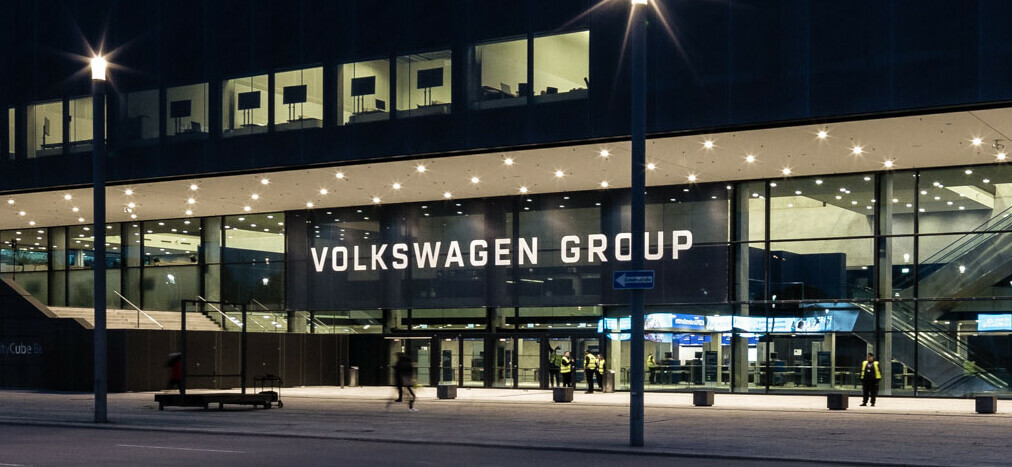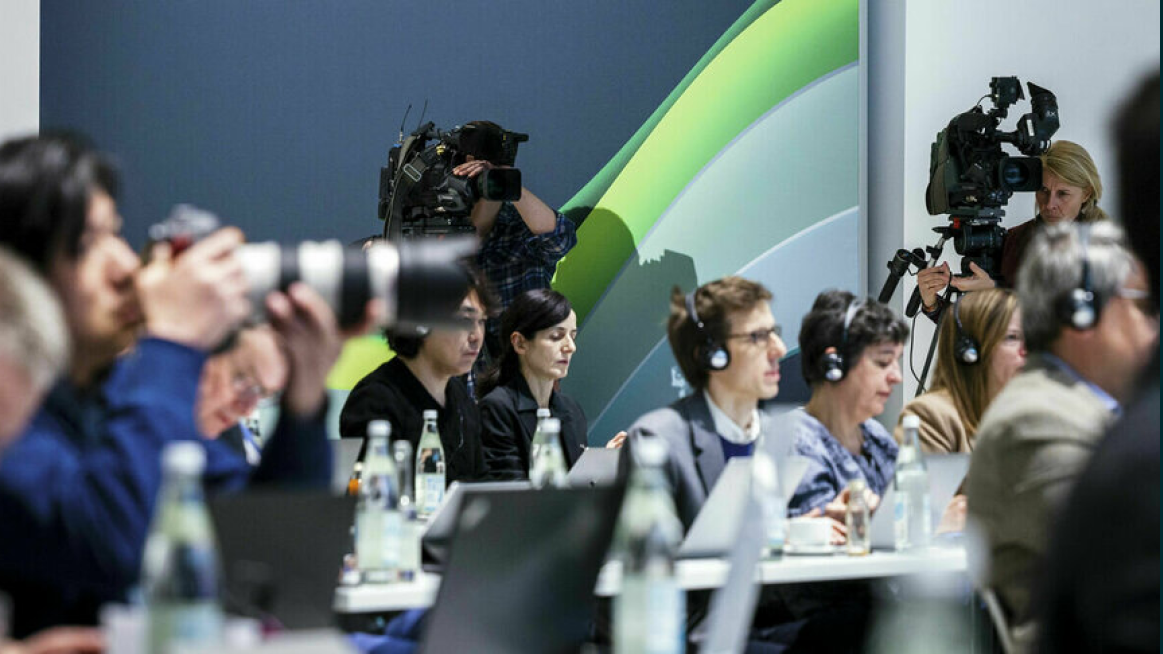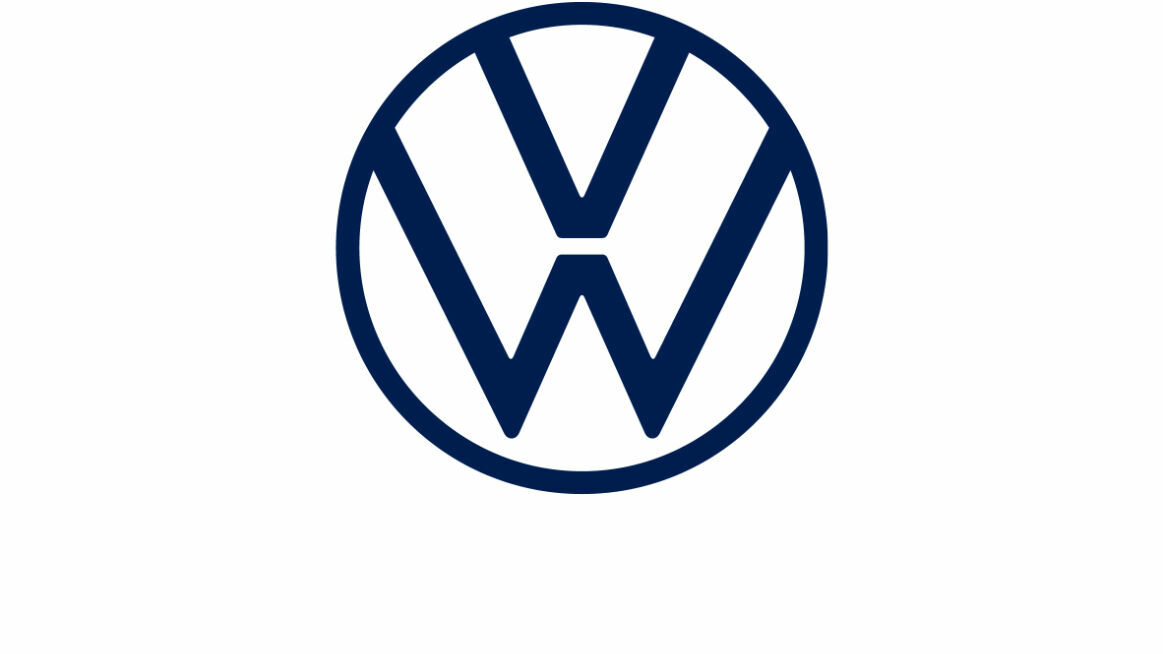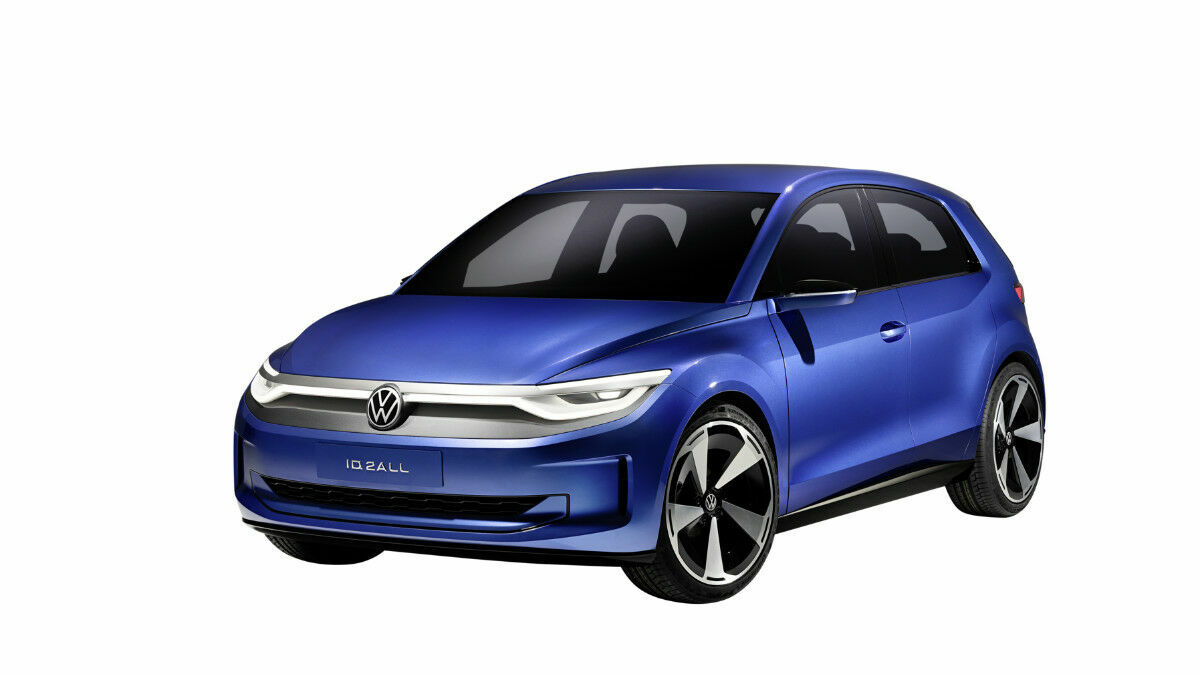
Volkswagen
Volkswagen is the brand with heart: likeable, high-quality and trend-setting – from the T1 Bulli to the Beetle and the Golf to the all-electric ID. Family. The company transfers the typical VW virtues into the new world of mobility: CO₂-neutral, digital and for everyone. The goal: to make VW the leading volume brand for customers worldwide.
The focus of Volkswagen's transformation process is e-mobility: eleven new e-models will be introduced by 2027. Then the brand will have the broadest e-portfolio compared to the competition - from an entry-level model for under 25,000 euros to the electric flagship ID.7. By 2030, the share of pure e-cars in Europe should already account for 80 percent of total sales - and more than 50 percent in the USA and China.
In parallel with the expansion of its sustainable product portfolio, Volkswagen is also on the "way to ZERO" .VW has set itself the goal of becoming carbon neutral by 2050. To achieve this, the brand is converting more and more plants worldwide to electromobility and is further developing the modular e-drive system (MEB) into MEB+: for faster charging times (175-200 kW), more range thanks to the unified cell, increased performance and improved automated driving functions.
Additional information









